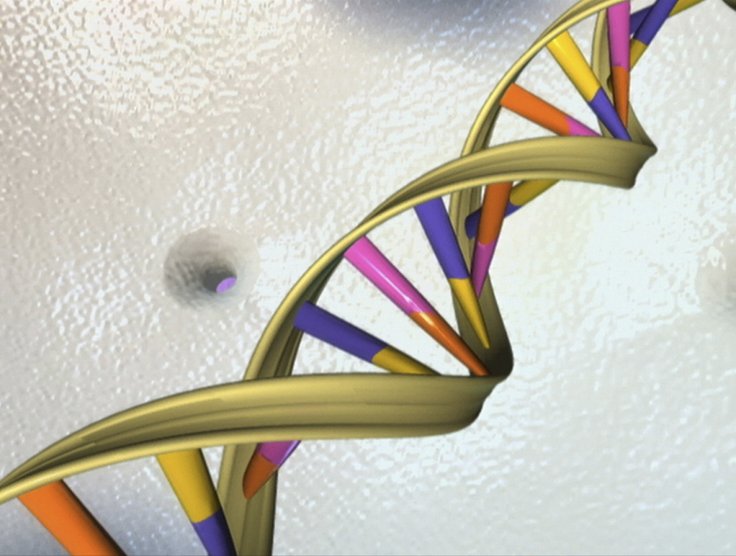
NASA researchers claim that extraterrestrial life will be entirely different from life on Earth. Scientists believe that extraterrestrial life could exist in forms entirely different from the common earthly model of carbon-based life.
A recent podcast by NASA scientist has explained the complication of the search for life.
Scientists believe that extraterrestrial life might have entirely different combinations of genetic materials and proteins which would make it hard to understand with our Earthly knowledge.
The earthly form of life has been formed by carbon molecules in two forms. DNA or RNA, the genetic materials which control the functions of cells and the proteins which cater mechanisms of living organisms.
All earthly organisms, excluding virus, are characterized by the presence of DNA made of 4 sugars, adenine (A), cytosine (C), guanine (G) and thymine (T). The difference in length and compositions of double helix DNA in organisms is responsible for the difference between them. Viruses differ from other organisms as their T letter has been replaced by U in genomic sequence. Even though the virus has RNA as their genetic material, they are found to be inactive outside a host body.
Aaron Burton, a planetary scientist of NASA says that DNA is like a language. It has got an alphabet of four letters, A, G, C and T. All the life forms on Earth use the same alphabet from the tiniest microbe to humans like books in a library. Differences are created with the difference in arrangement of the letters. But the entire book would have the combination of same letters giving commonality among existing life.
Scientists have identified 20 amino acids to form proteins in all Earthly organisms. More than 80 amino acids had been discovered in meteors like Murchison meteorite. Researchers are yet to find the significance of these amino acids in forming alien life.
The basic rule of life on Earth has been characterized by Darwinian principles of evolution. According to the theory, living organisms change over time as a result of changes in heritable physical or behavioral traits.
Earthly life vs Alien life

Researchers say that presence of inorganic amino acids or salts in meteorites cannot qualify it as a form of life. Carbon forms quadrilateral pyramid structure bonds with molecules to form the sugars and amino acids. This structure would be either left handed or right handed bonds.
Life on earth is characterised by DNA formed by right-handed (D) sugar bonds and amino acids or its constituent proteins formed by left-handed (L)bonds. Scientists believe that all other extraterrestrial lives are be formed by L genetic material bonds and right-handed proteins.
Organisms functioning with L amino acid bond cannot synthesize or utilize Right-handed amino acids. Similarly, R sugars also cannot recognize their left-handed counterparts.
Scientists say that laboratory made L sugars cannot be used by earthly organisms. However, researchers have also found that laboratory made left-handed sugar could function along with right-handed proteins.
Scientists believe that meteorites with 50/50 right handed and left handed sugars are positive signs for extraterrestrial life. It was found that at least one meteorite would fall to Earth every day. These meteorites get contaminated by microorganisms living in the atmosphere.
The earthly microorganisms attached to the meteorite decays any organic or inorganic alien carbon compounds in them. Most part of the meteors burns in the atmosphere, vaporizing any organic compounds in its surface. They may form plasma layers in the upper earth atmosphere or may form anywhere on Earth. Recovery of these foreign objects is difficult as it might have fallen to oceans or any remote locations on Earth.
It was found that meteorite materials are enriched in carbon-13 isotopes while Earthly objects are mainly built of carbon 12 isotopes. Presence of carbon-13 in a polished looking stone is generally considered as a positive sign for it's out of planet origin. All earthly objects would also be contaminated by microorganisms and biological signs of the planet.
OSIRIS-REx

NASA's OSIRIS-REx mission to asteroid Bennu would collect samples from the unadulterated carbonaceous surface of the distant solar object in Kuiper belt. OSIRIS-REx would collect rock samples and soil from the half kilometer wide Asteroid Bennu.
The mission launched in September 2016 will reach its destination in January 2019. The probe will orbit the asteroid for a span of one and half years to map the structures in it, before landing in a significant location to study the region and to collect samples from it.
Astronomers believe that the mission could help in the study of alien life and in finding mysteries behind objects which form the solar system.
Absence of life on Mars, Moon

NASA researchers, however, believe that life was never present on Mars or Moon. Research missions have collected rock samples from these neighbors to our planet and these are sometimes shell rock particles to its surroundings which might sometimes fall on the Earth's surface. But none of the samples have ever shown proof of life on these worlds even though traces of water and other minerals were observed.
Meanwhile, researchers also believe that microscopic life might be present in regions of planets which undergo sedimentation and tectonic activities.









